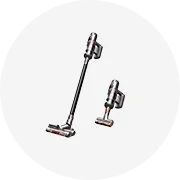Types of Skyscraper Window Cleaning Robots
There are several types of skyscraper window cleaning robots, each designed for specific applications and building designs:
- Vertical-Tracking Window Cleaning Robots: Operate using vertical tracking systems like rails or belts. These robots move up and down along the height of a building, utilizing brushes or microfiber cloths to clean the windows. They are ideal for buildings with vertical tracks or frames.
- Magnetic Wall-Climbing Robots: Use strong magnets to attach themselves to metal walls or window frames. These robots are particularly suited for buildings with metal exteriors, employing magnetic systems alongside cleaning pads or brushes to ensure efficient cleaning.
- Remote-Controlled Window Cleaning Drones: Designed for hard-to-reach areas. Equipped with cameras and spray nozzles or cleaning brushes, these drones allow operators to control the cleaning process remotely, ensuring precision and safety.
- Autonomous Window Cleaning Robots: Leverage AI algorithms and advanced sensors like LIDAR and cameras to navigate independently. These robots detect obstacles and optimize their cleaning paths, making them highly efficient for large-scale operations.
- Frameless Glass Cleaning Robots: Tailored for buildings with frameless glass facades. Using suction cups and edge-detecting sensors, these robots clean the glass without leaving streaks or marks, delivering a polished finish.

































































